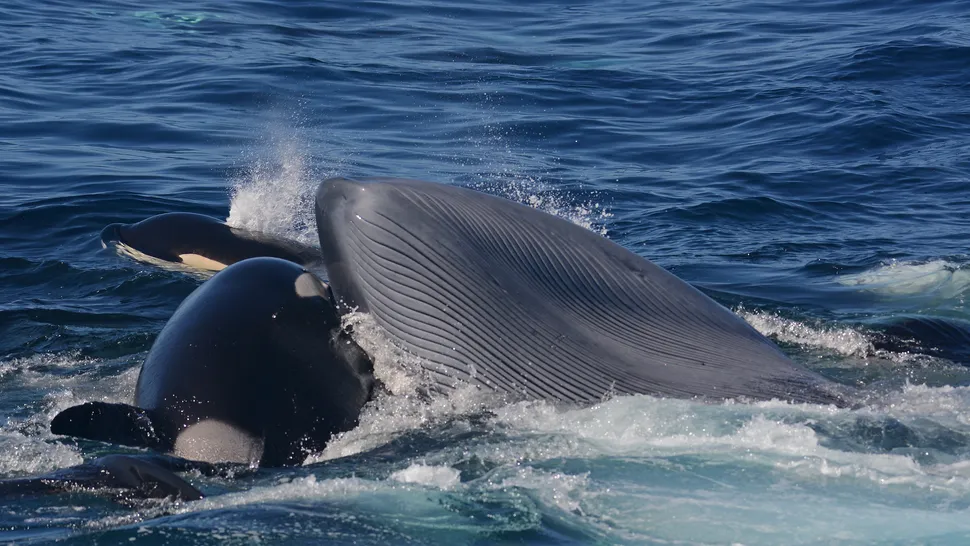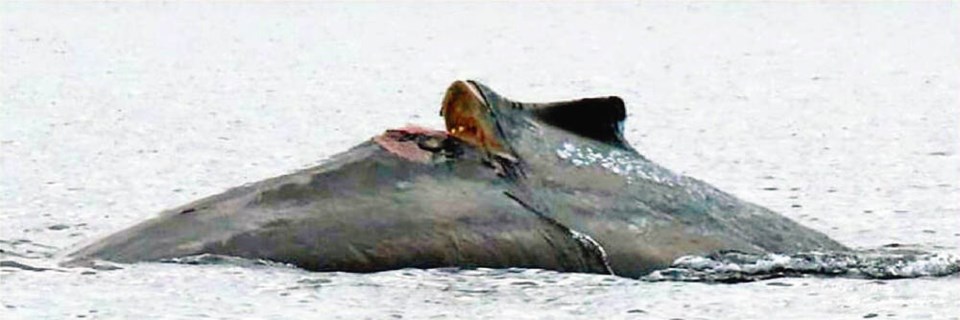World Whale Day!
World Whale Day is on Sunday, February 22. It is a day to appreciate all Cetaceans and their importance in the ecosystems around the world. As top predators of food chains, they feed on various fish and lower carnivores. In addition, their fecal waste provides nutrients to algae and phytoplankton which are part of the first trophic level of all food chains.
Besides their roles in ecosystems, what draws us to Cetaceans? Perhaps it is their sizes that amazes us. Imagine comparing yourself to the dorsal fin of an adult male Orca, which could be up to 2-meters tall. That is just the height of the dorsal fin and we haven’t even compared yourself to the length of an Orca which could be up to 8-meters long. The size of the Orca would amaze you! Now think about a full-grown Blue whale which grow up to 30-meters long. Their sheer size is just awesome and jaw-dropping! Another reason we are drawn to Cetaceans is their intelligence. They have shown the ability to learn behaviours that help them to survive in their environments. There are countless stories of Cetaceans, particularly dolphins, that have helped humans and other organisms in different circumstances. Some of those stories are truly inspiring.
Whales, dolphins, and porpoises are vital to us here in British Columbia. There are over 20 species of Cetaceans in and around B.C. waters which we may be able to observe. Lets take the time to acknowledge the value of their presence and make the effort to contribute to their conservation!
The Federal Government (DFO) statement about watching whales in the wild: “To address disturbance in the presence of whales, a mandatory 400-metre vessel approach distance for all killer whales is in effect starting June 1, 2020 in all southern British Columbia coastal waters between Campbell River and just north of Ucluelet. The Marine Mammal Regulations continue to remain in effect year-round, including maintaining a minimum 200 metre approach distance from all killer whales in Canadian Pacific waters other than described above, and 100 metres for other whales, porpoises and dolphins OR 200 metres when the animal is in resting position or with a calf.”
WOWs works throughout the year, so please continue to keep your eyes open, and report your sightings to us.
We thank you greatly for your support!
Archive Explorer navigates 25,000+ Cetacean Sightings, images, videos and audio recordings. Please use the the funnel in our Map for access to our huge range of filters. Those wishing Research information in a spreadsheet format, please Click Here
*Recommended for desktop browsers and newer mobile devices
Archive Explorer dives into the Coastal Cetacean world. View Cetacean sighting locations, photos and videos:
- All species including Orca, Humpback, Grey Whale or Dalls Porpoise
- Follow the endangered Southern Residents Orca in the Salish Sea
- Search for encounters with T002C2 Tumbo
- Witness a close-up Orca encounter video in Port Alberni harbour
- Follow the T010s Transients as they hunt and travel the inside passage
- Track "KC", the ever popular Humpback's movements
- Locate any of 12,000+ named locations on the BC and WA State coast
- Print custom sighting reports and maps (Coming Soon)
Archive Explorer Help Page explains many advanced functions
Send your Comments and Questions to: Archive Explorer Feedback
To access 25,000+ sightings in our database in a downloadable csv file for use in a research spreadsheet, please Click Here.
read on
Peter Nason, a local National Coastwatch Institution volunteer, spotted the 11 pods of common dolphins at St Ives Bay on Tuesday (January 18)….
read on
Researchers documented these orcas, also called killer whales (Orcinus orca), taking down blue whales (Balaenoptera musculus) on three separate occasions off the southwestern coast of Australia between 2019 and 2021….
read on
read on
read on






